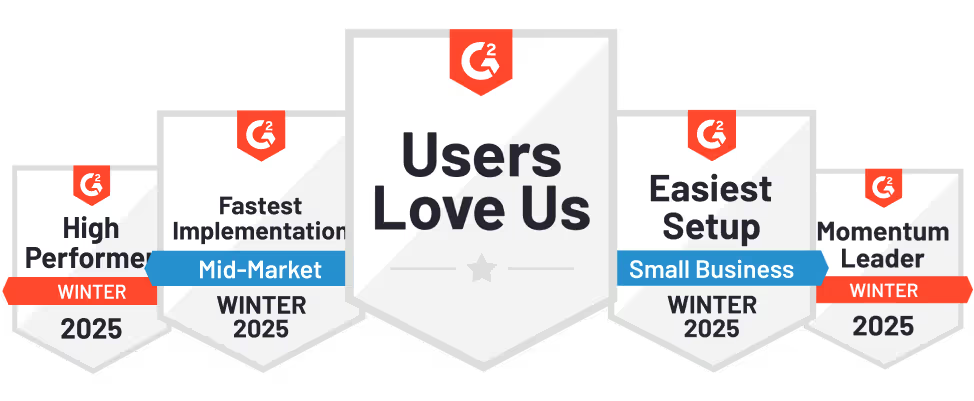I’m often asked about website visitor identification tools. At Factors, we’ve worked with nearly every player in this space—6Sense, Clearbit, Snitcher, Bombora, Demandbase, and more. Through this experience, I’ve learned what truly matters when choosing the right solution. Here’s what you should focus on.
TL;DR
- Choose a tool with reliable data sources and high accuracy for visitor identification.
- Focus on high-intent pages and regions to manage costs effectively.
- Ensure the tool integrates with your CRM, ads, and sales tools for actionable insights.
- Pick a vendor that offers strong support and privacy-focused solutions.
Start with the Data
The first question to ask is: Where does their data come from? Some vendors build their own datasets, while others rely on partners. This is critical because the quality of their data directly impacts how accurate their website visitor identification will be. At Factors, we work with multiple providers to ensure the best possible results—but no matter which tool you choose, make sure you fully understand their data sources.
To understand how visitor identification works and how it uncovers anonymous website traffic, check out our in-depth guide How Does Website Visitor Identification Technology Work?.
Evaluate Accuracy and Identification Rates
You need to know two key things:
- What percentage of your traffic can they identify?
- How accurate is that identification?
For example, if you get 500 visitors and the tool identifies 100 companies, that’s great—but how many of those 100 are actually correct? Don’t hesitate to ask vendors for their accuracy reports and test results. After all, this is your time and money at stake.
Find out the key metrics that measure the effectiveness of visitor identification. Read more about this on Website Visitor Identification Metrics: What to Track
Ensure Technical Compatibility
The tool must integrate seamlessly with your website. Look for:
- Lightweight JavaScript that loads asynchronously to avoid slowing down your site.
- Use of first-party cookies instead of local storage or third-party cookies.
- Minimal impact on website performance.
Use Smart Filtering to Control Costs
Here's something people often miss: you probably don't need to identify every single visitor. If you're getting 100,000 visitors, identifying all of them could cost a ton of money.
Focus on high-value traffic by narrowing your scope to:
- High-intent pages (like pricing, case studies, and demo requests)
- Regions that align with your go-to-market strategy
- Other criteria that are specific to your business goals.
This ensures you’re investing in data that matters while keeping costs under control.
Look for Reporting and Segmentation Features
Raw data isn't enough; you need tools that can turn it into actionable insights. Ensure the solution allows you to:
- Create detailed reports based on visitor behavior.
- Segment traffic (e.g., companies that viewed the pricing page 3+ times in 10 days).
- Integrate website visitor data with CRM data to refine segments (e.g., accounts lost last quarter).
Making the Data Useful
Visitor identification data is only valuable if you can use it across your tools. Ensure the solution integrates with the following:
- Google Ads and LinkedIn Ads or targeted campaigns.
- Sales tools like Apollo or Outreach
- Your CRM (Salesforce, HubSpot) to align marketing and sales efforts.
Don't Forget About Vendor Support
Here's what most people miss: website visitor identification isn't just a tool you buy - it's a shift in how you do business. Choose a vendor that provides:
- Help with setup and onboarding.
- Best practices from other customers’ success stories.
- Ongoing support and guidance to maximize your results.
Final Thoughts
You need a vendor who'll help you succeed with the whole program, not just sell you some software.
I've seen companies get this right and wrong, and the difference usually comes down to thinking through these points carefully. Take your time, ask tough questions, and make sure you're getting what you actually need.
Also read, Privacy and Legal Compliance in Website Visitor Identification to ensure compliance with GDPR, CCPA, and best practices for data privacy.






